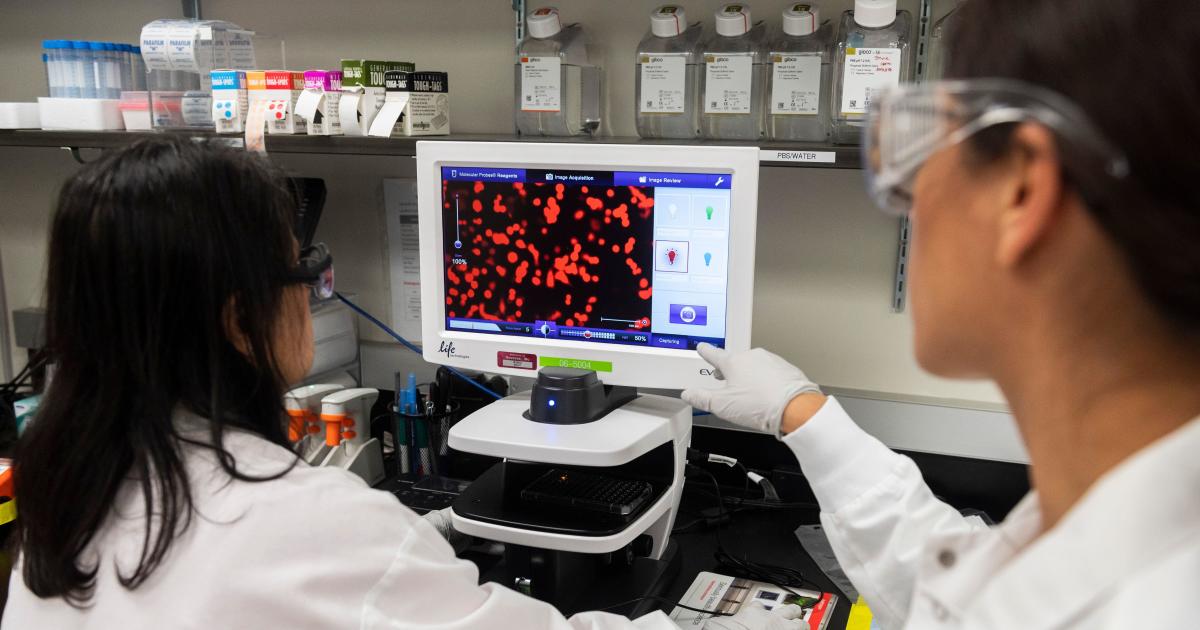Fewer than 10% of people in the United States had COVID-19 antibodies as of July, according to a study published Friday in The Lancet, a peer-reviewed medical journal.
“This research clearly confirms that despite high rates of COVID-19 in the United States, the number of people with antibodies is still low and we haven’t come close to achieving herd immunity,” said study author Dr. Julie Parsonnet, a professor of medicine at Stanford University.
Researchers from Stanford University examined blood samples from 28,500 patients receiving dialysis at about 1,300 facilities in 46 states in July, providing the first nationwide antibody analysis.
Researchers said dialysis patients represented an ideal population for the study because they undergo routine blood draws monthly — presenting few pandemic-related challenges. Additionally, COVID-19 risk factors “are the rule rather than the exception in the US dialysis population,” researchers said.
“We were able to determine — with a high level of precision — differences in seroprevalence among patient groups within and across regions of the United States, providing a very rich picture of the first wave of the COVID-19 outbreak that can hopefully help inform strategies to curb the epidemic moving forward by targeting vulnerable populations,” lead author Shuchi Anand, director of the Center for Tubulointerstitial Kidney Disease at Stanford University, said in a press release.
Levels of antibodies averaged greater than 25% in the Northeast, while the western U.S. saw an average of less than 5%, according to the study.
U.S. surpasses 7 million COVID-19 cases
03:07
Accounting for age, sex, race, ethnicity and religion around the country, researchers estimated that 9.3% of the U.S. population has antibodies. Comparing their data to research from Johns Hopkins University, the study authors estimated that only 9.2% of patients with antibodies were previously diagnosed with COVID-19.
Researchers found that residents of mostly Black and Hispanic neighborhoods were two to four times more likely to test positive for antibodies. People living in lower-income areas were two times more likely, and people living in densely populated areas were ten times more likely.
The results approximately match data announced this week by the Centers for Disease Control and Prevention (CDC). Speaking during a Senate hearing, CDC Director Robert Redfield said that about 90% of Americans are still susceptible to the virus.
Redfield emphasized that people should continue to wear masks, social distance and stay home, since most people are still vulnerable. He said the CDC plans to release its study in the next week.
Experts say some level of so-called “herd immunity” — when enough of the population has immunity that the virus can no longer spread effectively — will not be achieved until a substantial number of people have access to a coronavirus vaccine.
More than 7 million confirmed cases of the virus have been reported nationwide.
